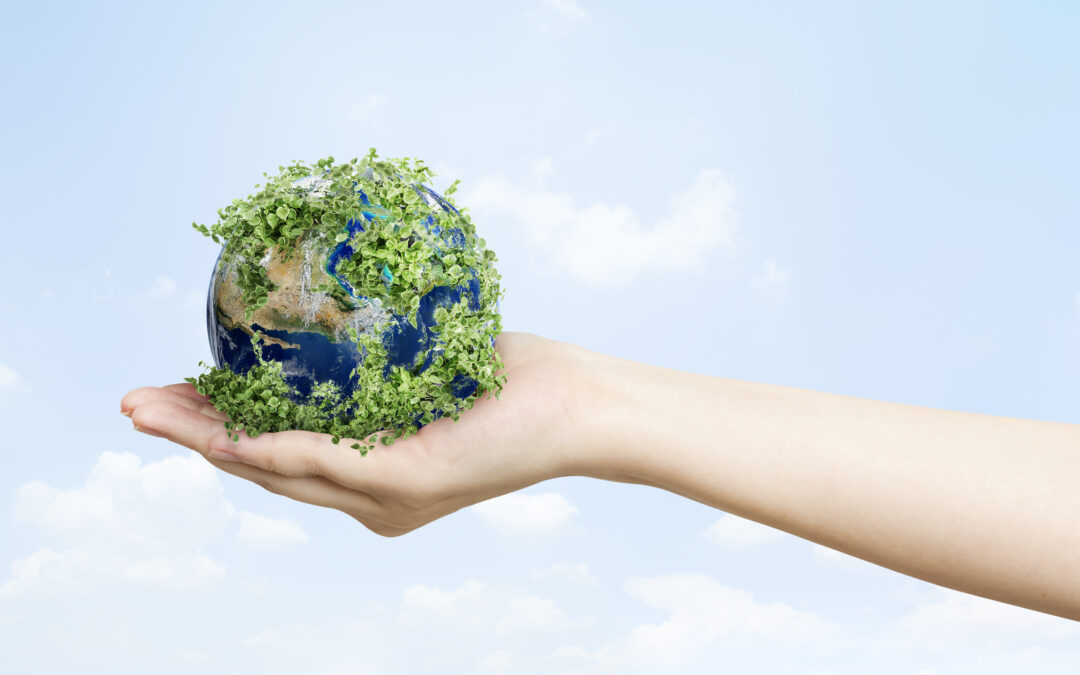Climate change and the loss of biodiversity are among the biggest challenges facing our planet today. The need to protect Earth’s ecosystems has never been more pressing, with scientists warning that we are approaching a critical tipping point. Protected areas are one of the most effective tools we have to safeguard nature and ensure a sustainable future for ourselves and future generations.
The Importance of Protected Areas
Protected areas are defined as «a clearly defined geographical space, recognized, dedicated and managed, through legal or other effective means, to achieve the long-term conservation of nature with associated ecosystem services and cultural values.» Essentially, they are areas where the natural environment is safeguarded from human activity and allowed to thrive.
Protected areas come in many forms, including national parks, wildlife reserves, marine sanctuaries, and community-managed conservation areas. They provide a range of benefits, from biodiversity conservation to climate change mitigation, to cultural and spiritual values.
Protected areas are essential in conserving biodiversity. They provide a home to a range of plant and animal species, many of which are found nowhere else on Earth. The loss of biodiversity is a global crisis, with over a million species at risk of extinction. Protected areas are critical in preventing extinctions by preserving habitat and providing refuge for threatened species. Additionally, protected areas help to maintain ecological processes such as pollination and seed dispersal, which are essential for the functioning of ecosystems.
Protected areas also play a crucial role in mitigating climate change. Forests, wetlands, and other natural ecosystems are important carbon sinks, sequestering carbon dioxide from the atmosphere and storing it in vegetation and soils. Protected areas can also help to reduce greenhouse gas emissions by promoting sustainable land use practices, such as reducing deforestation and promoting agroforestry.
Beyond their ecological benefits, protected areas have cultural and spiritual significance for many communities around the world. Indigenous peoples, in particular, have long-standing relationships with their local environments and rely on them for their livelihoods and cultural practices. Protected areas that engage with local communities can provide opportunities for sustainable development and support their traditional practices.
The Need for Increased Investment in Protected Areas
Despite the many benefits of protected areas, they face significant threats. Climate change, habitat loss, and overexploitation of resources are major challenges that threaten the long-term conservation of nature. In addition, many protected areas are underfunded and lack sufficient resources to effectively manage and monitor the areas under their jurisdiction.
Investing in protected areas is essential to address these challenges. According to a report by the International Union for Conservation of Nature (IUCN), the annual cost of managing global protected areas is estimated at $80-90 billion. While this may seem like a significant amount, it pales in comparison to the economic benefits that protected areas provide. For example, every $1 invested in protected areas generates $10 in economic benefits, according to a report by the Convention on Biological Diversity.
Investing in protected areas also aligns with global sustainability goals. In 2020, the United Nations launched the Decade on Ecosystem Restoration, with the goal of restoring 350 million hectares of degraded and deforested land by 2030. Protected areas are a critical part of this effort, providing a model for sustainable land use and ecosystem management.
Implementing Effective Conservation Strategies
Investing in protected areas is only one part of the equation. Effective conservation strategies are needed to ensure that protected areas are managed effectively and achieve their conservation goals. Here are some key strategies:
1. Engage with local communities: As mentioned earlier, local communities are critical stakeholders in protected areas. Engagement with local communities can help to ensure that their needs are met, and that conservation efforts are carried out in a way that respects their rights and promotes sustainable development.
2. Use science-based management: Protected areas should be managed using the best available science. This includes monitoring and research to understand the ecological processes at play and how to effectively manage them.
3. Address threats to protected areas: Protected areas face a range of threats, including illegal hunting and logging, climate change, and natural disasters. Conservation efforts should address these threats by implementing effective monitoring and enforcement measures, and working with local communities to promote sustainable alternatives to harmful activities.
4. Promote sustainable use: Protected areas can provide economic benefits to local communities through ecotourism and sustainable resource use. Conservation efforts should promote sustainable use and development in and around protected areas, ensuring that economic benefits are balanced with conservation goals.
Conclusion
Protected areas are essential for conserving nature and ensuring a sustainable future for ourselves and future generations. Investing in protected areas is a wise investment, providing economic benefits while safeguarding the natural environment. With effective conservation strategies in place, protected areas can help to address the threats facing our planet and ensure a brighter future for us all.
